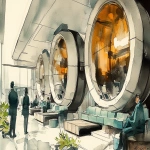Explore the Best AI Image Gallery

Redefining Creativity: A look at AI-Generated Imagery
Through the ages, humans have consistently sought out new mediums to express their creativity; from cave paintings to digital art, the evolution is nothing short of fascinating. However, the dawn of Artificial Intelligence (AI) and its ability to generate images ushers in a monumental shift in this evolution. In this digital age, machines are no longer just tools; they are active collaborators, redefining the boundaries of creativity and art.
The Evolution of AI-Generated Images
AI-generated images are a result of advances in machine learning algorithms, specifically, Generative Adversarial Networks (GANs). GANs consist of two neural networks: a 'generator' that creates new images and a 'discriminator' that evaluates the quality of generated images. Through continuous cycles of creation and evaluation, AI can create strikingly realistic images, or weave together complex scenes that never existed.
AI art made a public splash when Christie's sold its first AI-generated portrait, the 'Portrait of Edmond Belamy,' for a staggering $432,500. Ironically, the artwork wasn't created by a traditional artist, but by an AI developed by Paris-based collective Obvious.
Ethical Considerations
AI's ability to produce original images raises several ethical considerations. Can AI truly be creative? Or does it merely mimic human creativity without understanding the intrinsic, emotive power of art? And, most critically, who owns the copyright to AI-generated art? Is it the programmer, the user, or the AI itself? Academicians, lawyers, artists, and technologists continue to grapple with these questions.
Impact on the Creative Industry
Despite ethical dilemmas, there's no disputing the impact of AI-generated images on the creative industry. AI has the potential to democratize creativity, enabling anyone with a computer to design stunning visuals. Yet, this factor is a double-edged sword. While it might stimulate a boom in creativity, it can also threaten jobs in the design industry.
Envisioning The Future
Looking ahead, we can anticipate an expanding role for AI in the visual realm. Companies such as Runway ML, DeepArt, and Daz 3D are already offering AI tools for artists and designers. Imagine a future where movie scenes are created by AI, or where AI becomes the virtual makeup artist for a Zoom call.
Moreover, AI-generated images can transform other sectors as well. In healthcare, for example, AI can generate 3D images to help doctors visualize a patient's condition. In gaming and virtual reality, AI can render realistic environments and characters.
In the end, human ingenuity, emotion, and artistic intuition may remain irreplaceable. Yet, AI-generated images herald an exciting new chapter in our creative journey, stretching human imagination to unexplored frontiers. As with any transformative technology, it's up to us to navigate the ethical quandaries it presents, harness its vast potential, and shape its impact for the betterment of our world.
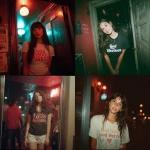
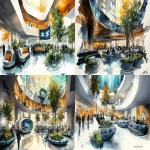
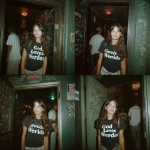
](https://images.ai-img.art/thumbnails/150/93f6b867d7e0d1ef5b08c9115efd6d3cbcc0fcfe07dc47e55d9b3a50056a189e.webp)



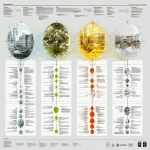
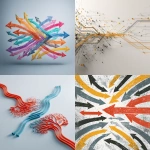
](https://images.ai-img.art/thumbnails/150/469c20665b824a8c49e8b66856a2f9843e7a36c40760ace1e7fd5f2125a32e25.webp)
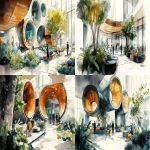

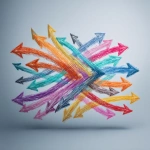
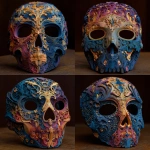
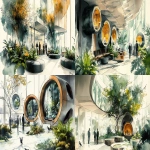
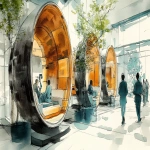
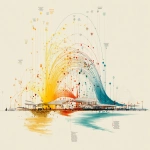
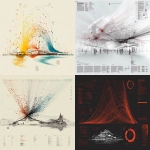
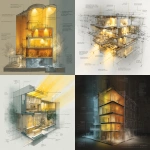

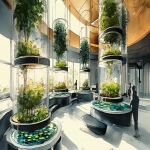
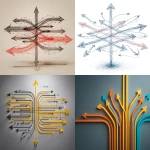
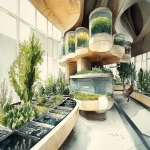
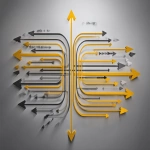
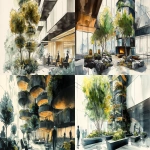
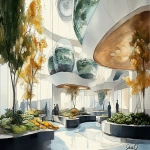
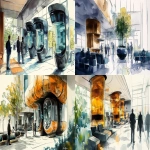
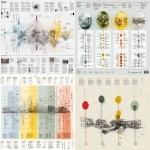
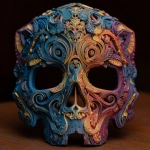
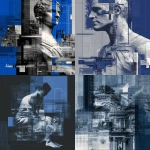
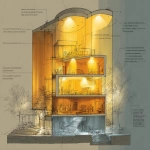
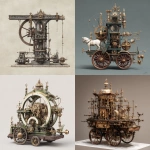
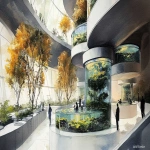
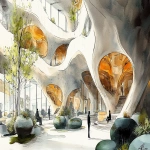
](https://images.ai-img.art/thumbnails/150/3521ea1bce510dbac19d74a3e037e7179b754ae98e8a44c08863e51468c18caa.webp)
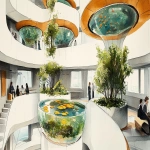
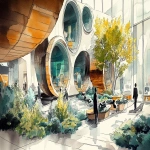
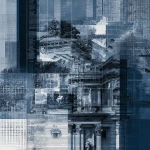
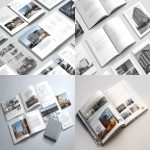
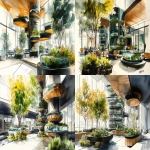
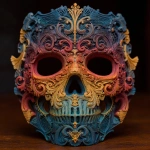
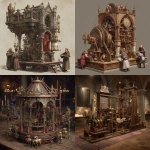
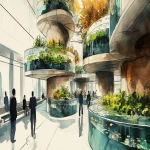
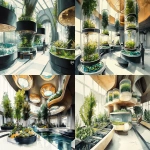
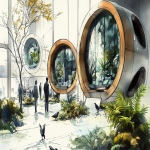
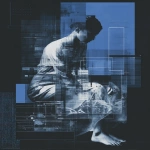
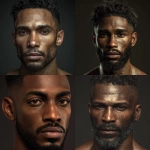
](https://images.ai-img.art/thumbnails/150/9bfac23b6df1e372ace320fda84e18e5e2e668451feacef8c46af60a9f444ad6.webp)

